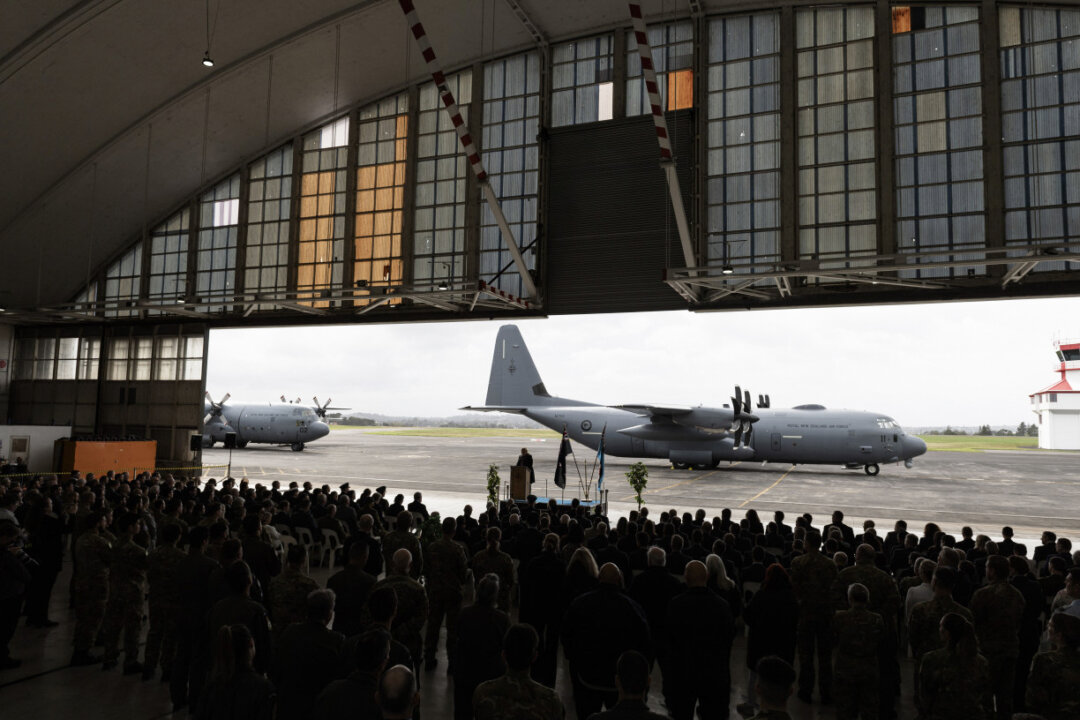The Chief of Defence says the military will have to ‘pause or turn off’ a ‘raft of things’ as a result of a budget blowout.
New Zealand’s Defence Force (NZDF) has admitted that it is running $360 million (US$211 million) over budget and is having to consider which programmes to axe or delay as a result.
“So that number, I don’t know how it’s got out,” Chief of Defence Air Marshal Tony Davies told MPs during the NZDF’s regular appearance at Parliament.
The cuts will include $50 million to its military and civilian workforce in the 2025/26 financial year, which the public sector union, the PSA, claims will “put New Zealand’s national security at risk as well as [its] ability to respond to disasters at home and in the Pacific.”
The PSA said it understands around 200 civilian workforce roles—from a total of around 3,000—have been disestablished this year. This includes 144 voluntary redundancies and other vacant roles that have yet to be filled.
This necessitated the minister of defence approving uniformed personnel undertaking the work, a power not used since 2001.

“The civilian workforce is cut to the bone right now,” said PSA Assistant Secretary Fleur Fitzsimons.
“There has already been a damaging round of voluntary redundancies and NZDF has refused to fill important roles when civilian personnel have left.
“The government is favouring tax relief for landlords over national security and a combat-ready defence force supported by civilian personnel.
“The unstable geopolitical climate should be a wake-up call for a government obsessed with austerity. Now is not the time to undermine the defence of New Zealand. The Defence Force costs what it costs, and the government needs to front up and pay.”
But with little sign that Cabinet will relent, Davies and other senior officers are working on a programme of cuts.
“There’s a lot of things we can’t afford to do at the moment,” he told MPs. “There’s a whole raft of things that we have to pause or turn off to make sure that we can keep our flying sailing, shooting, and deploying going.”
While all key missions were still proceeding, training, travel, and building relationships with overseas partners would pause or stop.
“The issue really is it takes us longer to prepare to do those missions and those deployments, and we might not be able to send the same number of people that we have previously sent or for as long,” Davies said.
“I’ll have to say the leaking of that figure was not intended. We were talking to a select group of people within the headquarters to brief them on what’s going on with our workforce programme. As we’ve promised, we are trying to be very transparent with them.”
Defence Minister Judith Collins said the NZDF received additional funding in this year’s budget while other agencies did not.
However, it still faced cost pressures, amplified by the recent sinking of the survey ship Manawanui on a reef off the coast of Samoa.
It’s also grappling with rising fuel and ammunition costs and maintaining plant and housing.
Collins has said that the acquisition of new technology will boost New Zealand’s defence but couldn’t provide an answer as to how it would do this when already over budget.
“You‘ll have to wait and see for the DCP [Defence Capability Plan] to be released, and as for the budget, you’ll have to wait for that too,” Collins told journalists.

